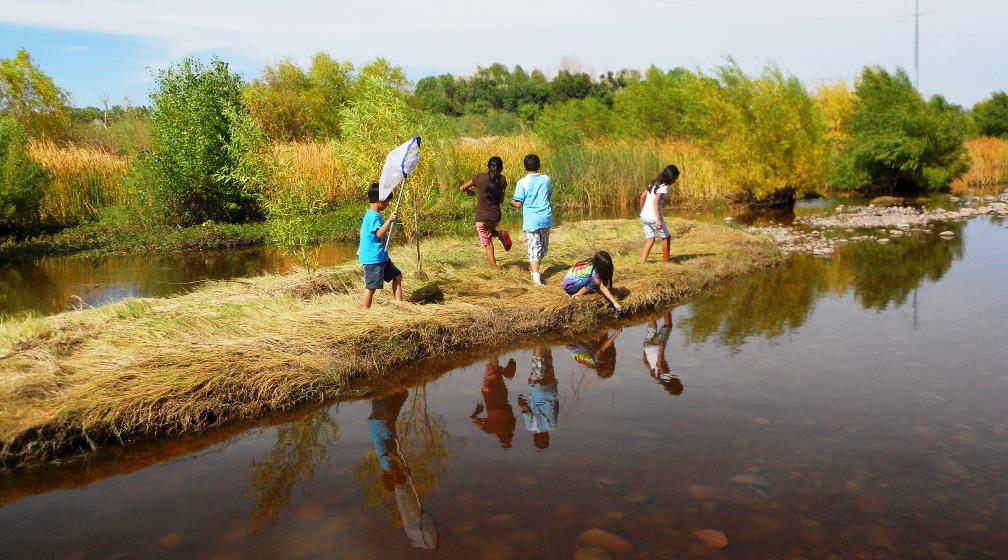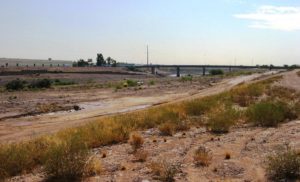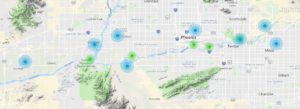Back on March 30, 2018, a bipartisan assemblage of over 100 of Arizona‘s most influential business and political leaders met to unanimously support one of the most ambitious ideas in recent Arizona history: A regeneration project would stretch 58 miles across metropolitan Phoenix. It would connect eight cities and two Native American reservations, and would restore the Salt River bed that has been desiccated and mostly lifeless for over a century.
Our urban rivers can be a source of civic pride that connects and transforms diverse communities as well as enhances the future economic and environmental vitality of the region. Folks in Phoenix are now working hard to make sure that vital river function is restored to their city.
The Rio Salado (Salt River) was once a perennial river. It flowed through urban Maricopa County, spawning early settlements and connecting diverse communities. For decades, community leaders and stakeholders have explored ways to reconnect the splendor of the river to Valley residents through ecosystem restoration, flood mitigation and economic development.
This isn’t to say that no ecological restoration has yet happened. The Rio Salado Habitat Restoration Area stretches along five miles of the Salt River just south of downtown Phoenix. (See photo at top of page.)
Once a dump site, the area is now a lush riparian corridor with five miles of paved and dirt trails dotted with unique design and user features. Bird watchers have spotted more than 200 species of birds (and counting…) in Rio Salado’s varied habitats from wetland ponds to mesquite bosque to cottonwood/willow forest.
The Rio Reimagined project’s encompasses 78,000 acres along a 58-mile stretch of the Rio Salado from Granite Reef Dam to State Route 85, including both the Rio Salado and Gila River. The Rio Reimagined project belongs to the eight communities along the river corridor as they partner in creating a vibrant urban riverfront for the Valley.
Thanks to the early advocacy, leadership and generous support of U.S. Senator John McCain and Arizona State University, an active and diverse community partnership has begun to leverage broad support for the redevelopment and stewardship of the urban riverfront.
The Rio Reimagined project was launched in 2017, in hopes of transforming the dry river beds along the Salt River into useful resources.
Melissa McCann of the ASU University City Exchange office said that in Spring of 2017, McCain asked ASU President Michael Crow to help him revitalize the Rio Salado restoration efforts.
“Sen. McCain went to Michael Crow last year and asked him if he would help re-catalyze the Rio Salado efforts that ASU had led in the late 1960s,” she said. “He had aspirations for a vision of environmental, social and economic vitality for the region.”This historically significant and underutilized natural resource has been reimagined as a unifying public space that enhances social equity. A creative and collective effort is needed to integrate priorities of public open space, environmental quality, housing, transportation, economic and workforce development, community sustainability and resilience.
This visionary project is designed to promote progressive commerce while ensuring an equitable, high quality, sustainable environment.
Featured photo of Rio Salado Habitat Restoration Area today courtesy of Audubon.
See the Rio Reimagined website.
See April 15, 2018 article by Stephen Perez in the State Press.



